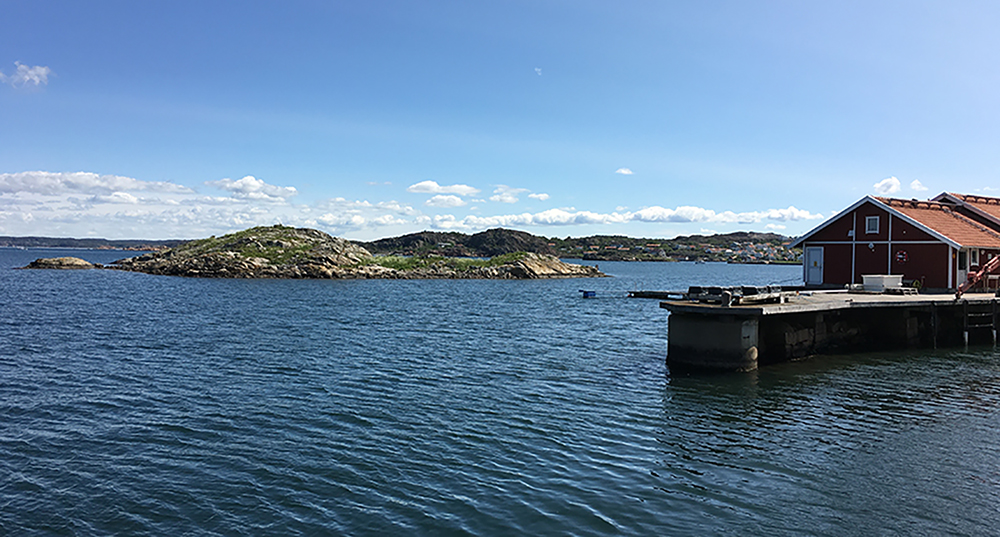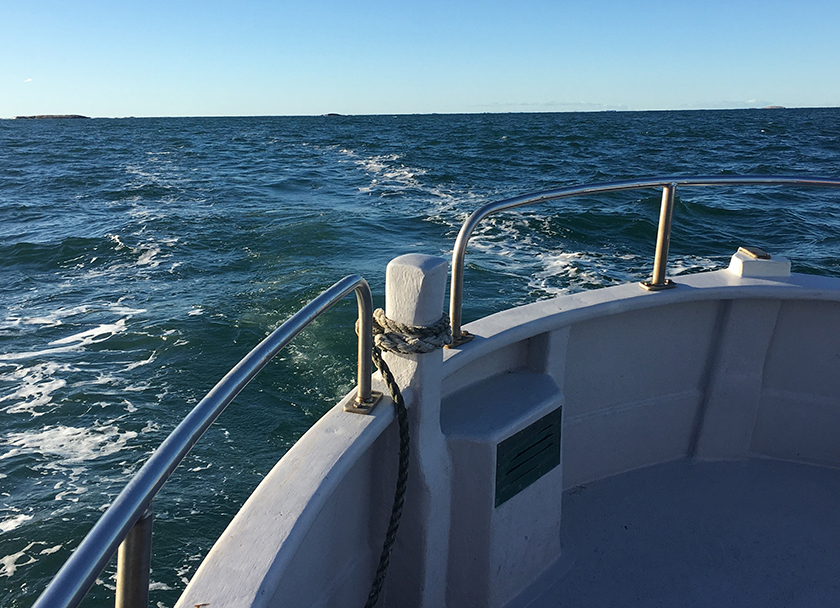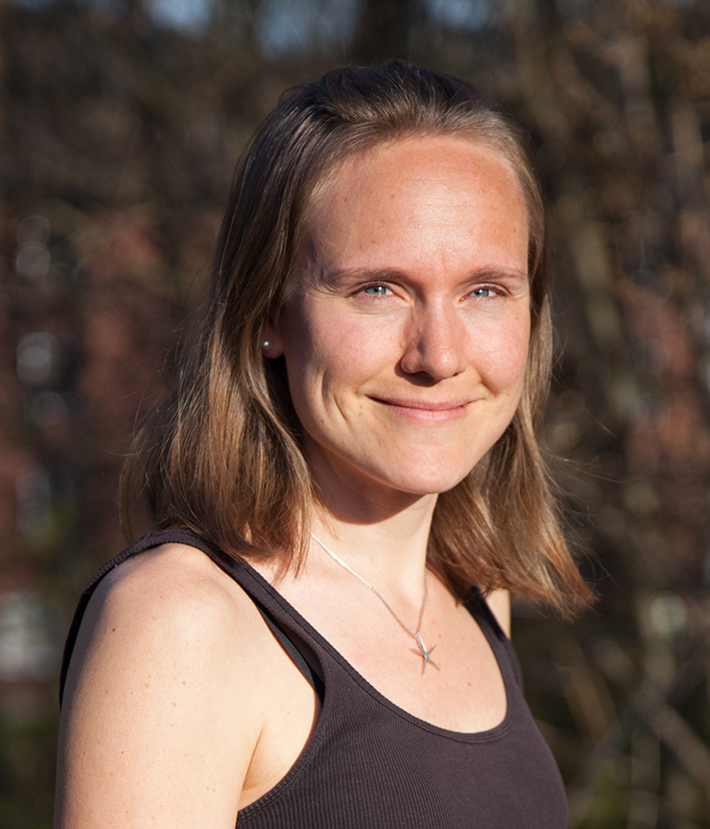
Diatoms transform carbon dioxide from the atmosphere into organic material, which may sink to the ocean floor. This transformation takes place with the help of inorganic nutrients in the ocean. New research shows that diatoms can convert carbon dioxide in surface water in the euphotic zone even when nutrient concentrations are low.
Diatoms in the ocean are responsible for 20 percent of the oxygen we breathe and are an important source of food for small animals that in turn are food for fish. In addition, these small algae also play an important role in the oceans’ carbon and nitrogen cycles. As the diatoms have the ability to convert carbon dioxide in the presence of inorganic nutrients, they can bind carbon into biomass. When surrounding conditions become unfavourable for the diatoms, for example when the availability of nutrients decreases, the algae may aggregate and sink with the help of their heavy silica shells and transport the fixed carbon dioxide to the ocean floor.
Diatoms are therefore important to the Earth’s climate as they transport carbon from the atmosphere down to the ocean depths.
Light and nitrogen, normally in the form of nitrate or ammonium, are essential factors for the diatoms to grow in the surface water. Generally, the amount of carbon that is transported to the ocean depths is controlled by the amount of nitrate available at the surface of the ocean. It is well known that too high primary production due to high nitrate concentrations in surface waters can lead to intense algal blooms and anoxia in the bottom waters in coastal areas.
 By using modern methods, researchers can now measure the uptake of carbon and its relationship to low concentrations of nitrate and ammonium uptake in individual cells.
By using modern methods, researchers can now measure the uptake of carbon and its relationship to low concentrations of nitrate and ammonium uptake in individual cells.
“This offers us a unique opportunity to measure how much carbon dioxide different species of algae are able to assimilate within a mixed community under non-blooming conditions. We can also reveal which forms of nitrogen the algae prefer to use at low concentrations of nutrients, and with all interactions between the organisms intact,” explains Malin Olofsson of the Department of Marine Sciences, University of Gothenburg.
Together with her research colleagues, she has demonstrated that diatoms, even under very low availability of nutrients, are able to account for a considerable carbon uptake in the sunlit zone of the surface water.
“We have also shown in our studies that small animals and bacteria that live in the proximity of the diatoms probably support the algae with nitrogen when the availability of nutrients is low.”
When certain species of diatoms sink to the ocean floor, they may form resting cells that can survive in the sediment for up to a hundred years.
By reviving hundred-year-old resting cells, the researchers have been able to investigate how these older generations of diatoms are affected by the eutrophication of the fjord over the past century.
 “Our studies have shown that there is an enormous variation within a given population of diatoms with regard to their inorganic nutrient demands at a cellular level. Consequently, diatom populations have a tremendous ability to adapt to changing nutrient conditions in the environment.”
“Our studies have shown that there is an enormous variation within a given population of diatoms with regard to their inorganic nutrient demands at a cellular level. Consequently, diatom populations have a tremendous ability to adapt to changing nutrient conditions in the environment.”
Because diatoms demonstrate such large differences in nutrient requirements between individual cells with the same genetic material and within the same population, they are able to survive as a stock under varying conditions over a long period of time.
“We can draw the conclusion that diatoms are a key organism in oceanic carbon and nitrogen cycles irrespective of whether it is spring, summer or autumn – and have been for a very long time.”
Thesis title: Carbon and nitrogen fluxes associated to marine and estuarine phytoplankton
Link to thesis: https://gupea.ub.gu.se/handle/2077/55942
Supervisor: Professor Helle Ploug, Department of Marine Sciences, University of Gothenburg
Contact: Malin Olofsson, Department of Marine Sciences, University of Gothenburg, telephone: +46 (0)31 786 2629, mobile: +46 (0)70 767 00 99, malin.olofsson@marine.gu.se
Photo:
Ocean photograph, Malin Olofsson
Portrait, Mikael Olofsson Bergsten